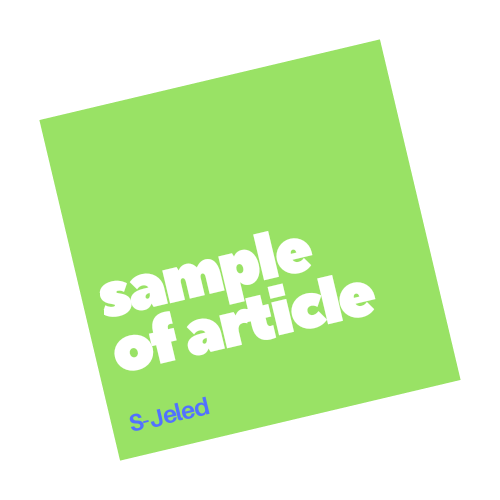The Influence of Social Media on Students’ Reading Ability
Abstract
Keywords
Full Text:
PDFReferences
Chambers & Gregory, Teaching & Learning English Literature. London: SAGE Publications Inc, 2006.
H. D. Brown, Principles of language learning and teaching. New York: Pearson Education, 2000.
H. D. Brown, Principles of Language Learning and Teaching. Pearson Education, 2007.
D. Nunan, Practical English Language Teaching. New York: McGraw-Hill, 2003.
H. S. Alyousef, “Teaching Reading Comprehension to ESL / EFL Learners,” J. Lang. Learn., vol. 5, no. 1, pp. 379–380, 2006.
J. C. Alderson, Assessing Reading. Cambridge: Cambridge University Press, 2000.
W. Grabe and F. L. Stroller, Teaching and reserching Reading. New York: Routledge, 2002.
J. K. Klingner, How to Teach English Language Learners. San Francisco: Jossey-Bass, 2010.
M. R. Ahmadi, “The Use of Technology in English Language Learning,” Internatioal J. Res. Engl. Educ. IJREE, no. June, 2018.
C. A. Chapelle, English language learning and technology: lectures on applied linguistics in the age of information and communication technology, vol. 10, no. 2. Amsterdam: John Benjamins Publishing Company, 2003.
D. B. Kojo, “Exploring the Effects of Social Media on the Reading Culture of Students in Tamale Technical University,” vol. 9, no. 7, 2018.
T. A. Bryer and S. M. Zavattaro, “Social Media and Public Administration Theoretical Dimensions and Introduction to the Symposium,” vol. 33, no. 3, 2011, doi: 10.2753/ATP1084-1806330301.
S. Ismail, M. Ahmad, M. Zaim, M. Mukhaiyar, and N. Gistituati, “Student Perspective in Using Social Media As a Tool in English Language Learning,” J-SHMIC J. Engl. Acad., vol. 6, no. 1, pp. 58–68, 2019, doi: 10.25299/jshmic.2019.vol6(1).2603.
A. Susilo, “Exploring Facebook and Whatsapp As Supporting Social Network Applications For English Learning In Higher Education,” pp. 10–24, 2014.
Y. Saputra and A. S. Fatimah, “The use of TED and YouTube in extensive listening course: Exploring possibilities of autonomy learning,” Indones. J. Engl. Lang. Teach., vol. 13, no. 1, pp. 73–84, 2018.
A. Erarslan, “Instagram as an Education Platform for EFL Learners.,” Turk. Online J. Educ. Technol. - TOJET, vol. 18, no. 3, pp. 54–69, 2019.
N. Mhd Rodzi, J. Amantha Kumar, S. Osman, and E. S. Masykuri, “Exploring Lecturers’ Acceptanceof Learning Management Systems in Malaysian Higher Educational Institution,” EAI, no. 5, Feb. 2020, doi: dx.doi.org/10.4108/eai.28-9-2019.2291064.
S. D Santoso and E. Sunjayanto Masykuri, “Does Sony Vegas Platinum 13 Help Students to Understand pragmatic Well?,” Int. Semin. Recent Lang. Lit. Local Cult. Stud. BASA 2018, Nov. 2018.
Refbacks
- There are currently no refbacks.
Scripta
ISSN. 2302-6677
Publisher: Department of English Language Education, Universitas Muhammadiyah Purworejo, Jl. KH. Ahmad Dahlan 3 & 6 Purworejo 54111, Jawa Tengah, Indonesia, E-mail:pbiumpwr20@gmail.com, Telp: 0275-321494
Indexed Abstract:

Ciptaan disebarluaskan di bawah Lisensi Creative Commons Atribusi-BerbagiSerupa 4.0 Internasional.



